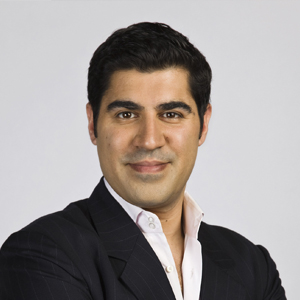Gerd Leipold was International Executive Director of Greenpeace until 2009, a position he has held since 2001. In this role he lead the global organisation, overseeing all its activities.
He has had a long association with Greenpeace, having worked for the organisation in various capacities for over 20 years. In the 1980s he was Executive Director of Greenpeace Germany, before running the international disarmament campaign from 1987-92.
He has a PhD in Oceanography and worked as a research scientist for the Max Planck Institute for Meteorology in Hamburg on numerical ocean circulation models as part of the institute's climate research and at the Scripps Institute of Oceanography at the University of CaliforniaGerd Leipold studied Physics and Meteorology in Munich and Hamburg, and in La Jolla, San Diego, and then worked at the Max Planck Institute for Meteorology in Hamburg, in the area of climate research.
He has a long history of spectacular Greenpeace initiatives. For example, in August 1983 he piloted a hot-air balloon from West Berlin into the former GDR, in protest against the nuclear weapons test being carried out by the four occupying nations. In the same year he became Director of Greenpeace in Germany and, starting with a small group of volunteers, created the largest German environmental organisation with 80 employees and an annual income from donations of DM50 million. From 1990 to 1992 he lead the Greenpeace International disarmament campaign and coordinated more than 50 international campaigns at sea.
He remains firm in his ideological beliefs; when George W Bush's rejected the Kyoto Protocol, he described him as an enemy of environmental protection, with a minority viewpoint financed by the oil and energy industry.










